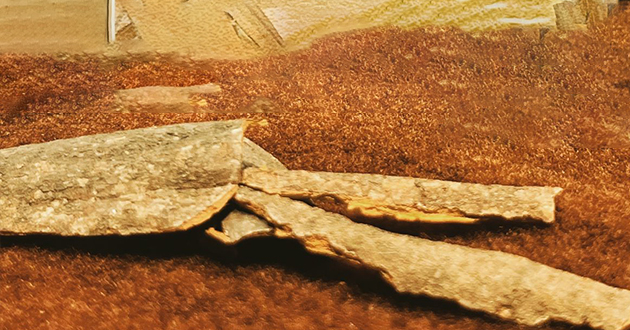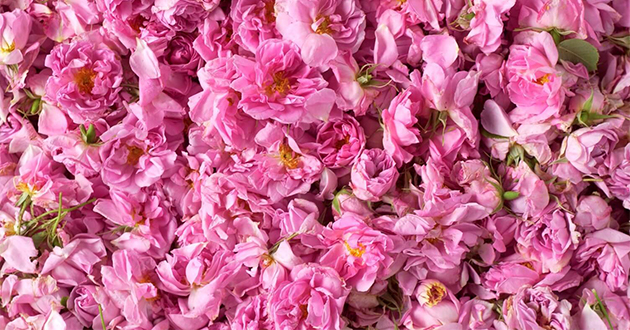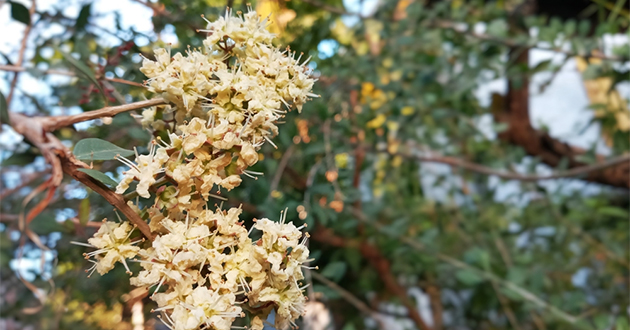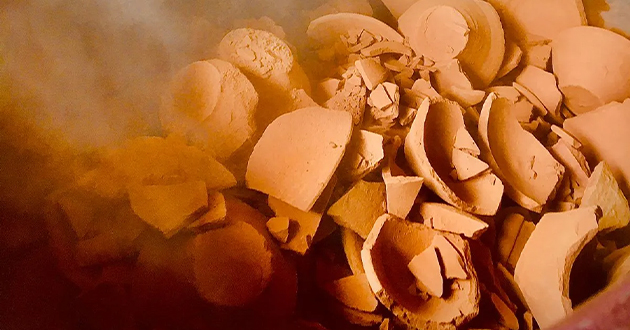Attar
SHAMAMA
Description
SHAMAMA, also known as SHAMAMATUL AMBER, is a very well-liked oriental fragrance in the Middle East that is herbaceous, spicy, woodsy, and saffron-like. SHAMAMA is a crucial ingredient in the fragrances "Mukhallat" and "Bakhoor." It is beloved by the Indians as a scent and extensively utilized in the production of tobacco compounds and incense sticks. Due to its warm nature, it is also applied externally as a winter fragrance.
Manufacturing
The creation of SHAMAMA is a highly classified procedure that has, at best, been described as involving the combination and water distillation of various aromatic herbs, spices, roots, flowers, seeds, woods, and essential oils to create a distinctively strong oriental scent.
Olfactory
It is Reddish-amber liquid with a strong, earthy, musky, precious wood,spicy, and resinous scent with outstanding tenacity.
GULAB ATTAR
Description
Every ounce of Gulab Attar carries a sweet, floral scent that is both incredibly calming and intoxicating. Much to the delight of Arabic and Indian populations, gulabattar is a key ingredient in a wide variety of oriental perfumery blends. Lately, our European perfumer friends have also started to favor our Attar Gulab. In addition, it is a treasure of medicinal plants that calms the nerves and mind, exalts the senses, and uplifts the soul.
Manufacturing
Gulab Attar is made with Rosa Damascena hydrodistilled traditionally and organically over a base of sandalwood oil.
Olfactory
It has Warm, lovely, floral scent that looks yellowish in colour.
KEWRA ATTAR
Description
The wild Kewra plant grows all over India's east coast. In the South Orissa district's Ganjam neighbourhood are the plants that yield the best floral bouquets. It's wonderful, calming scent makes it a popular ingredient in Indian cuisine as well as cosmetics more precisely, utilized in the creation of "Mithai." Our Kewra extracts—Atar Kewra, Ruh Kewra - Pandanus, and Kewra Floral water—are currently used to make a well-liked flavouring mixture that is surprisingly well-liked by Koreans and Chinese. Eastern cosmetic companies apply it to their fragrance formulas.
Manufacturing
The Kewra Male flower is hydro-distilled over sandalwood oil, just like the Gulab Attar.
Olfactory
Kewda fragrance is like a symphony of sweet and floral scents, a sweet, soothing, honey-like odour.
Gulhina
Description
The fragrance of Mehndi Attar is sweet and reviving, which makes it popular. Typically, henna flowers have four sepals. Its fruits have a diameter of 4–8 mm. These little white or pinkish-white flowers smell good. Henna is a member of the Loosestrife family and was originally from Egypt, which, along with India, Morocco, and Sudan, is still one of the major suppliers of the plant.
Manufacturing
The process of distilling the flower from henna plants yields Attar Mehndi.
Olfactory
Mehndi attar, also known as henna, has a warm, spicy scent that is similar to clove oil.
MOTIA ATTAR
Description
The subtle top note of the night-blooming jasmine variety in the base of sandalwood oil is called Motia attar. Deeper yet softer than jasmine, this is one of the most exotic scents. Motia Attar is thought to have a scent similar to the lower Himalayan deep forests. India is essentially the place where this attar first originated.
Manufacturing
Motia Attar, additionally referred to as Jasmine sambac, is made from the Palmarosa plant by steam distillation.
Olfactory
It is yellow in colour with a sweet, exotic, and spicy aroma.
MITTI ATTAR
Description
With its connection to the "baked earth," Mitti Attar (Gill Attar) of Kannauj is unique in every way. Uses of the Mitti attar include pan masala compounds, personal care items, agarbatti compounds, and perfumery compositions.
Manufacturing
The hydrodistillation of baked earth or earthen pots on sandalwood oil yields an incredibly fragrant and calming oil, much like all attar distillation techniques.
Olfactory
Mitti Attar's aroma resembles that of fresh rain, damp earth, or soil, which enhances your sense of inner peace and connection to the natural world.
Genda
Description
The fragrant and medicinal Genda or Calendula attar, which is made from the petals of marigold flowers, is well-known for its calming and healing properties.
Manufacturing
Attar Gendha is a distinctively beautiful, deeply stimulating fragrance obtained through the hydro distillation of marigold flowers on sandalwood oil.
Olfactory
Marigold Attar is described as having an earthy, musky, and slightly spicy scent.
ZAFRAAN
Description
The golden-colored, pollen-bearing structures of the autumn crocus (Crocus sativus), known as zafraan or Kashmiri saffron, are dried and used as a spice to flavor food and as a dye to color food and other products.
Manufacturing
After the flowers are harvested, the stigmas need to be removed and allowed to dry for about 12 hours. One kilogram of saffron is produced from 15,000–16,000 flowers.
Olfactory
The fragrance of the flowers is sweet and honey-like.








